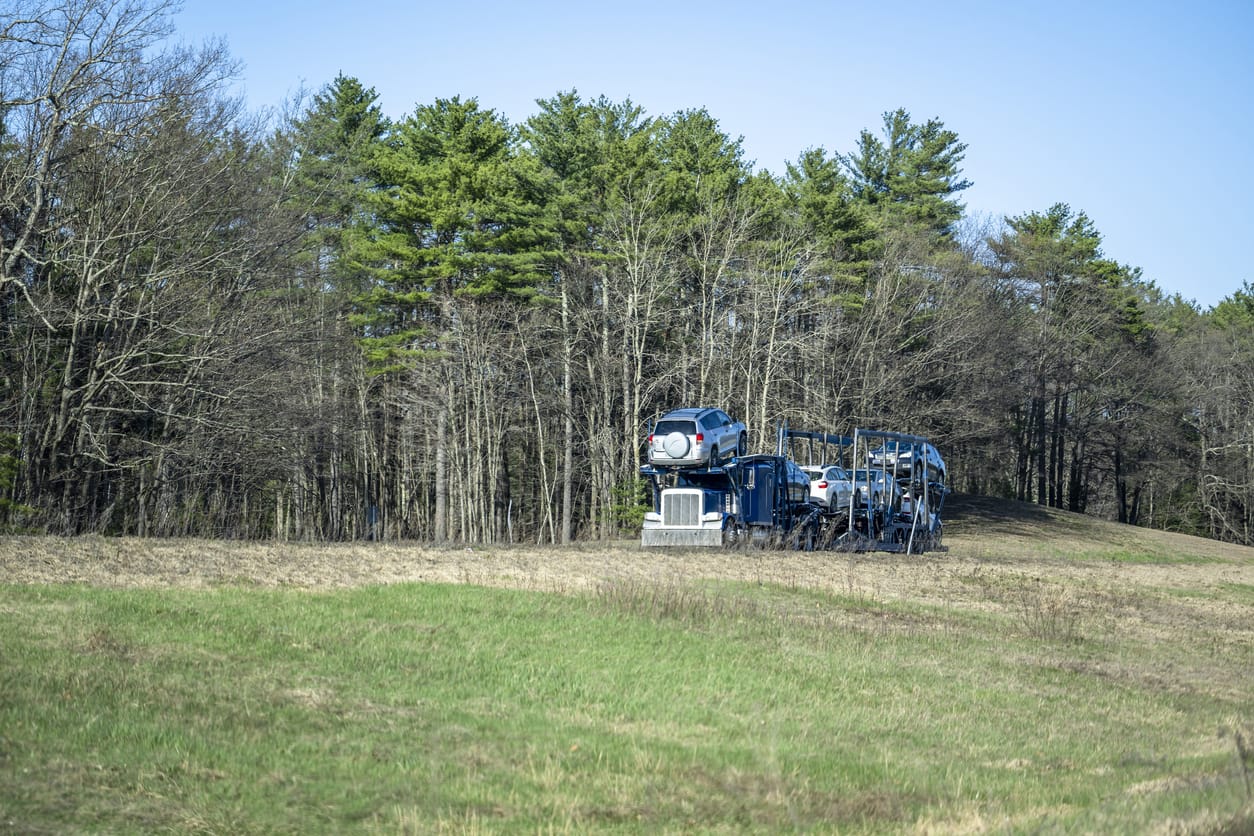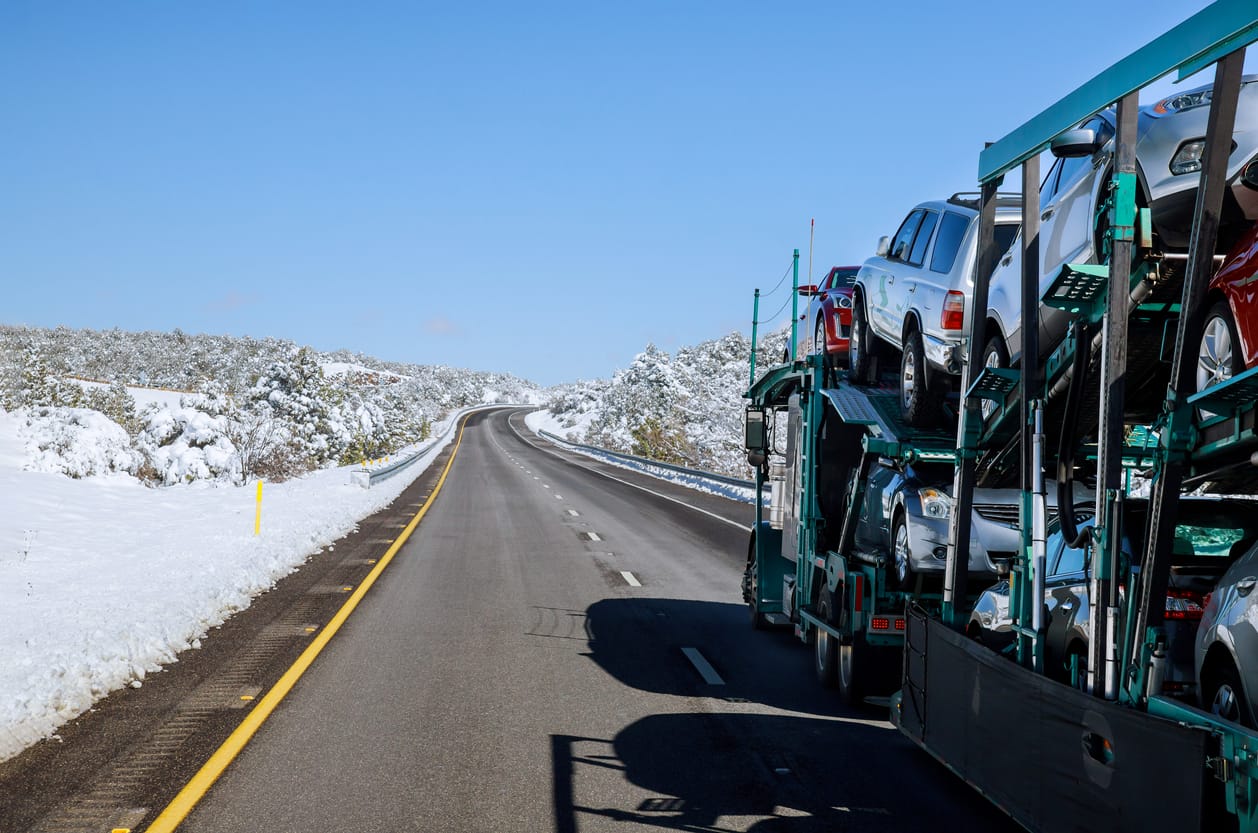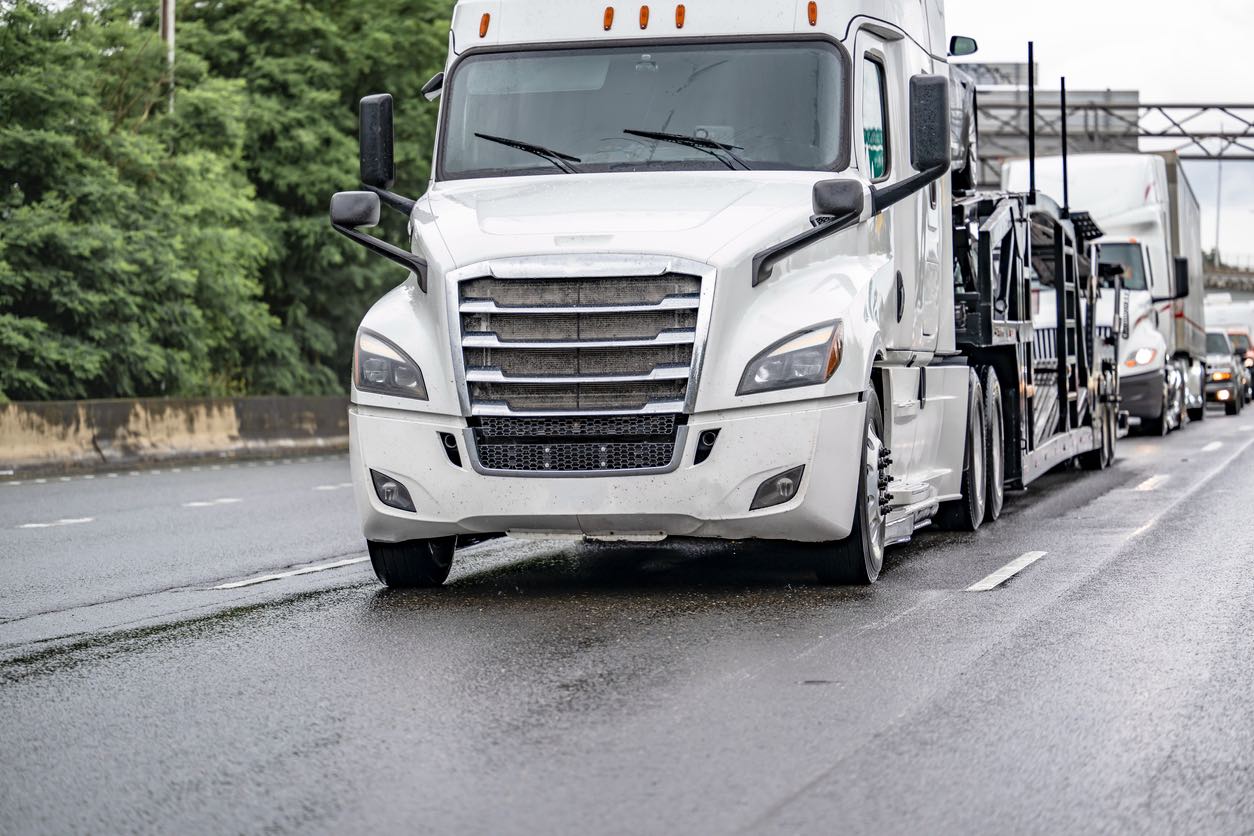You may be familiar with the United States-Mexico-Canada Agreement (USMCA). Canada is one of America’s most significant and structural commercial partners, after Mexico, and the three countries have established a trilateral trade relationship that was updated in 2020.
Between the two nations, over $700 billion of goods are imported and exported annually, and 68% of that cross-border freight is transported by truck.
You are an online seller and wants to sell your great product globally, but you are residing in the US. You have customers from Canada mostly and want to sell the goods and ship them, but you don’t know how to deal with the USMCA, commercial invoices, customs clearance, duties, and the storage fees you may pay if shipping to Canada is unsuccessful.
Be at ease! Ship A Car is available to make the process of cross-border shipping simpler. You won’t be worrying about another delivery when we’re done here.

There is much to keep a timeline of when dealing with two governments and releasing customs. So whether you’re importing or exporting truckload freight from the US to Canada or from Canada to the US, we’ll go over all the fundamentals and move you through the procedure step-by-step.
Initially, it’s important to understand a few things:
- Customs brokers are required for all shipments to and from Canada.
- You require a Canadian Commercial Invoice and a Bill of Lading (CCI)
- The Commercial Invoice must include the Shipment Value.
- The recipient covers the costs.
- The US and Canada observe different national holidays.

A customs broker is required for all shipments to and from Canada. Customs clearance and navigating the customs process are the responsibility of the customs broker. Many companies that frequently import freight into Canada already have a customs broker on staff, but if one is required, they arrange it for you.
While you must fill out a Bill of Lading, just like for any other shipment, a commercial invoice is one more document needed to import your shipment into Canada.
Having a Canadian Commercial Invoice (CCI) is crucial because it informs customs about your shipment’s specifics, including who is in charge of paying duties. After completing it, make a few copies. Two copies should be attached: one to the BOL and the other to the freight.
Before the freight picks up, your customs broker will check the CCI and BOL to ensure all the necessary information is present. The most obvious details, like the zip code, are frequently overlooked. Remember that Canadian postal codes rotate letters and numbers every six digits (A1B2C3).
To benefit from duty-free customs clearance and your commodities comply with USMCA rules regarding the country of production, you might also need to include a Certificate of Origin.
Poor communication between the shipper and the customs broker or incomplete information on the commercial invoice are frequently to blame for delays at border crossings. Be specific and confirm your broker’s appointment before the shipment is moved.

NAFTA certification is necessary for tax deductions that apply to goods coming into Canada from the US. NAFTA is a trade pact between the US, Mexico, and Canada that did away with tariffs on goods imported between the three nations. The agreement benefits trade in textiles, automobiles, and agriculture among the three nations.
It is the job of the US exporter to complete the NAFTA certification process, not the Canadian importer. However, importers from Canada are required by customs regulations to keep importation data for six years. Therefore, AMPS penalties may be incurred for inaction.
In 2018, USMCA took the place of NAFTA. However, the USMCA continues to uphold the principles of NAFTA and updates them as necessary to reflect the challenges and expansion of the three nations’ economies.

You have loaded your commodities by this time, and the driver has departed from the dock. What’s next? If you’ve done your due diligence in planning, you shouldn’t have too many concerns.
To ensure a smooth border crossing, your customs broker is verifying the Importer of Record and the assignment of import duties and taxes while your shipment is in transit. When everything is in order, your customs broker will send the required documentation to the Canada Border Services Agency (CBSA), so your cargo can enter Canada. Because all customs clearance communications are conducted electronically, the customs broker will never see your goods.
When your shipment has passed through customs, the carrier will travel to the final destination and deliver the package to the client. If the carrier you picked also operates in Canada, they will be the business that completes the delivery.

An expanding economy sector is business trade between the US and Canada. It’s advised to leave it to freight and shipping companies due to their nation’s complicated rules and regulations and for you to make money. They have experts who are excellent at what they do and know how to deal with strict rules and high shipping costs.
Accurate information is key when shipping to Canada. So spend the time necessary to do it right. You can use Ship A Car’s service tools to get directions from pickup to delivery after clearing customs without worrying about anything. At the same time, our professionals will ensure a smooth shipping process for your goods.




